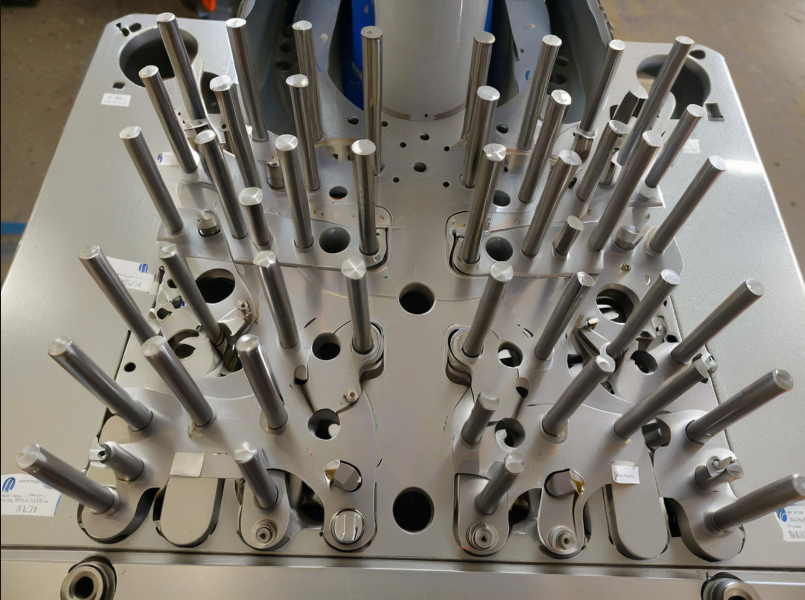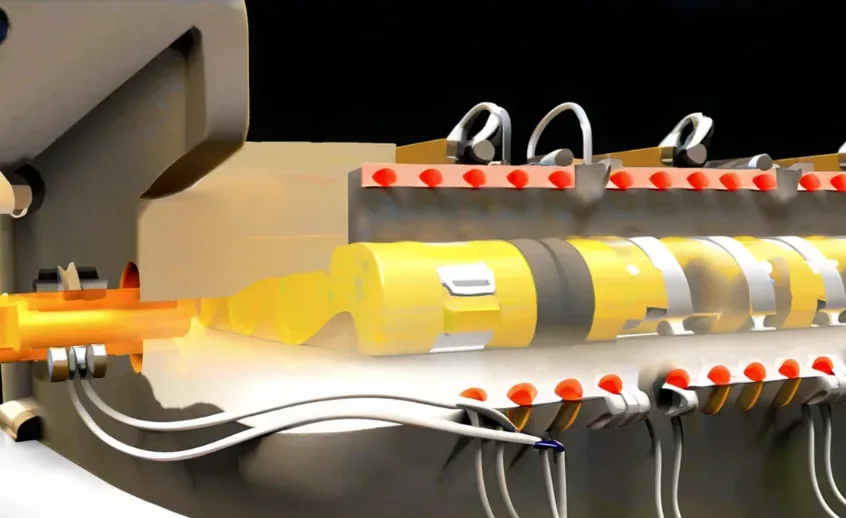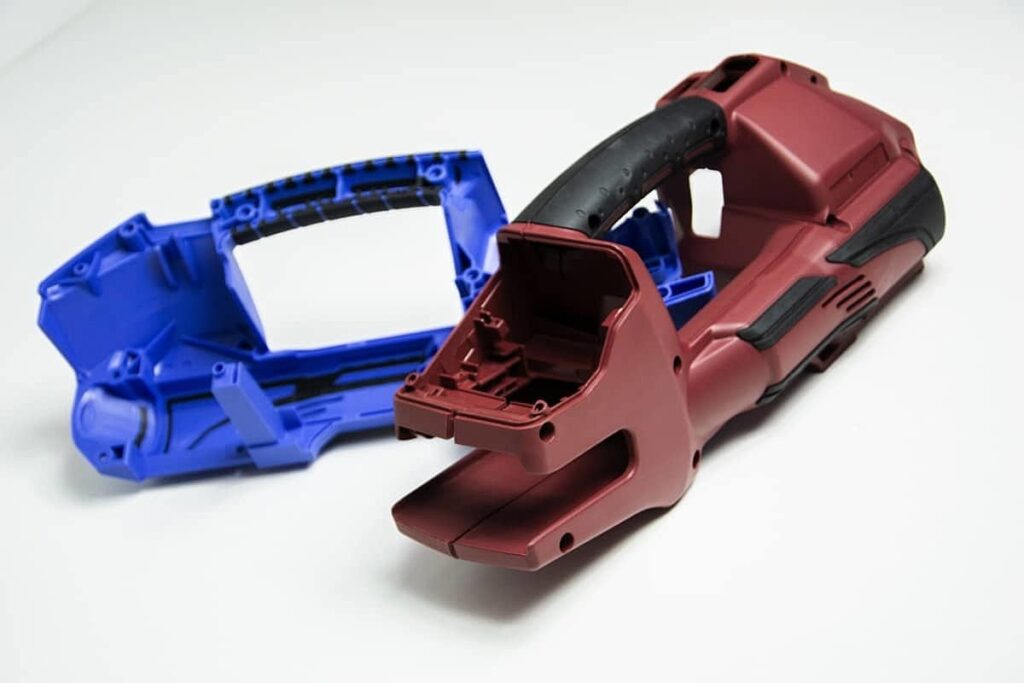Many types of pressure play a role in the manufacture of plastic injection molded parts.Now, let’s look at injection, holding, and back pressure. To manufacture successfully, product developers must understand how the balance of forces affects part quality, productivity, and product cost.
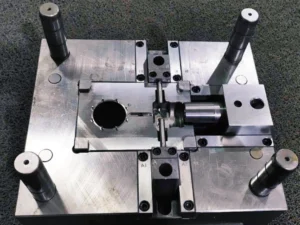
What is injection pressure?
A reciprocating screw pushes molten resin into a mold cavity that is 95% filled. Mold clamping pressure balances the resin, considering part size and gating.
Why do I need back pressure?
Back pressure provides extra time for the heavy-duty recesses of the reciprocating screw to thoroughly mix the next batch of resin.
The cutting action of the grooves heats the resin and maintains a consistent density from shot to shot. The groove also helps to thoroughly mix any masterbatch color pigments in the resin.
The process technician controls this pressure, as well as other parameters, to prevent the resin from over-mixing and degrading due to excessive shearing.
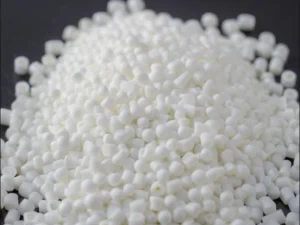
What is Pressure Retention?
Holding pressure or holding pressure is necessary to fill the last 5% or so of the mold cavity. The process reduces this pressure from the initial injection pressure and holds it longer for several important reasons.
First, the exhaust port in the mold must allow trapped gases to escape. In addition, holding pressure helps the molecules in the resin align and reach their highest density. Third, thin-walled portions of the part also need time to fill. Finally, pressure retention and good tool design are critical to relieve stresses in the part. However.
another limitation must be balanced against holding pressure. The process must fill the cavity quickly before the gate “freezes” and becomes clogged with cured resin. Therefore, the process engineer needs to carefully calibrate these forces over a period determined by the temperature and chemical properties of the plastic.
What is back pressure?
Back pressure is the resistance within the barrel of an injection molding machine that prevents the screw from returning to its starting position. The operator deliberately creates this resistance by controlling valves on the machine to limit the rate at which hydraulic fluid returns to the reservoir.
Is faster injection always better?
Often, product developers want to produce as many parts as possible because it reduces labor costs, which is an important consideration for large orders. However, some limitations cannot be avoided.
First, when the cavity is empty, there is very little resistance to flow so the cavity can be filled quickly and easily at the beginning of the cycle. However, when the cavity is about 95% full, there is a sudden spike in pressure that can cause overflow or premature mold opening. This can damage your parts and machine. To avoid this, the process must reduce the injection pressure in a controlled manner at the so-called changeover point. At this stage, the cycle switches to holding pressure.
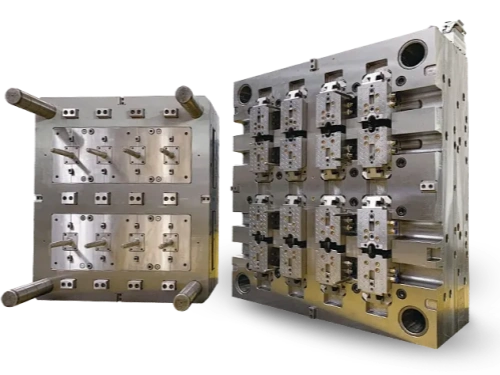
How do these pressures affect your parts?
You want to maximize the number of injected parts per hour to reduce production costs and, of course, to get your parts to market faster. However responsible process control technicians need to carefully balance multiple parameters within the machine to control quality and ensure consistency from one cycle to the next.
Learning more about how this process works can help you communicate more effectively with your suppliers, while also emphasizing the importance of good mold design. Learn more when you upload a CAD design for a free quote.
FAQ:
Injection pressure is the force used by the reciprocating screw to push molten resin into the mold cavity. It fills about 95% of the cavity, with mold clamping pressure countering the resin force.
Back pressure ensures that the resin is properly mixed and maintains consistent density. It also helps blend pigments evenly during the screw’s plasticizing phase.
Holding pressure, also called pressure retention, is used to fill the final 5% of the mold cavity. It helps exhaust trapped gases, improve resin density, fill thin-walled areas, and relieve internal part stress.
Operators create back pressure by adjusting hydraulic valves, which restrict the return of hydraulic fluid. This resistance slows the screw’s return, allowing better resin mixing.

